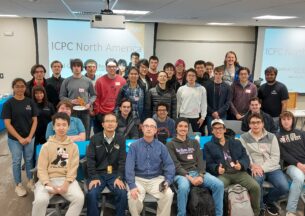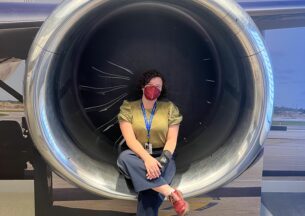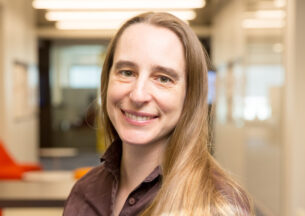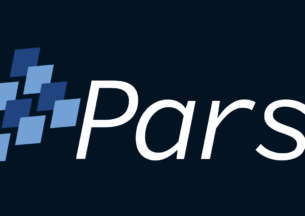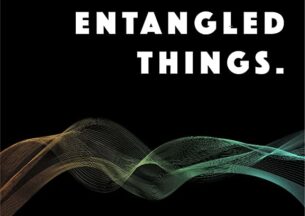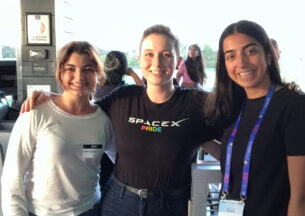Leading CS Ed Conference Features Five Papers from UChicago CANON Research Group
The annual technical symposium of the ACM Special Interest Group for Computer Science Education (SIGCSE) is the world’s largest gathering of researchers and educators studying new ways of improving CS curricula and instruction. And while the physical gathering didn’t happen this year, due to the coronavirus, UChicago CS was well represented in its proceedings, due to five papers from the Computing for ANyONe (CANON) lab led by associate professor Diana Franklin.
The papers cover new curricula and learning strategies for building computer code and program comprehension in elementary school students, as well as a new study of the factors that influence the impact of early CS instruction. Three of the five papers were first-authored by Jean Salac, a 3rd-year PhD student in UChicago CS, with Franklin leading multi-institutional teams on the other two studies.
The research was performed in elementary and middle school classrooms at public schools in Chicago, Austin and San Francisco, providing rare insight into the efficacy of CS education in younger and more diverse students. For example, the Comprehending Code study led by Salac explored which prerequisite skills influence success in computer science courses given to 4th-grade students. They found that both reading and math were important, but for different aspects of computer code comprehension and computational thinking (CT): reading skill was closely associated with the syntax and semantics of code, while math was associated with understanding the data and control flow of a program.
The added clarity on which skills from other subjects help young students succeed in computer science could help educators build more effective curricula — and also help them avoid initiatives that exacerbates pre-existing educational gaps.
“It is pretty well-documented that disparities in reading and math proficiency disproportionately affect students of color, students with disabilities, students in poverty, and English Language Learners,” Salac said. “With CS/CT instruction increasingly spreading to younger and younger students, we need to be careful that CS/CT does not become yet another field where these students lag behind. Otherwise, we run the risk of feeding into the inequities in computing, instead of alleviating it.”
Salac’s other papers evaluated two new learning strategies that could help meet this twin goal of inclusive and effective CS instruction. TIPP&SEE draws inspiration from reading comprehension approaches designed for disabled students, and invites 3rd to 5th grade students to preview an example program, tinker with the underlying code, and observe how it changes the performance of the program. The SIGCSE study found that TIPP&SEE significantly improved performance on many CS concepts, including loops, sequences, and events.
Another strategy, dubbed Personalized Questions, examined how students responded to assessments using the code they wrote instead of test questions using generic code. The study found that when students saw their own code, they responded more functionally than structurally — explaining how the code works rather than what the code does, Salac said.
“This technique flips the script on the conventional wisdom among CS educators, where demonstrating a more ‘abstract,’ functional understanding is considered to be more sophisticated,” she added. “This has implications beyond elementary CS education as tinkering and creating code artifacts are the bread and butter of many CS classes.”
The two papers led by Franklin both describe new additions to the Scratch curriculum, an introductory programming language developed by the MIT Media Lab. One expansion, Scratch Encore, is a culturally-relevant intermediate curriculum for 6th-8th grade students that utilizes the TIPP&SEE approach and provides materials for teachers and students of all experience and cultural backgrounds. Another paper describes Scratch Charades, a game for 3rd and 4th grade students where one group acts out a snippet of code while “builder” students turn those actions into a Scratch script.
“While there are several well-established introductory curricula, Scratch Encore serves a need beyond that introductory level,” Franklin said. “By using best practices in both pedagogical approach and culturally-relevant instruction, paired with polished teacher resources, we are able to support teachers in students’ journeys for much longer than previously. The feedback from teachers has been overwhelmingly positive.”
More information on the projects can be found at the CANON Lab website.




